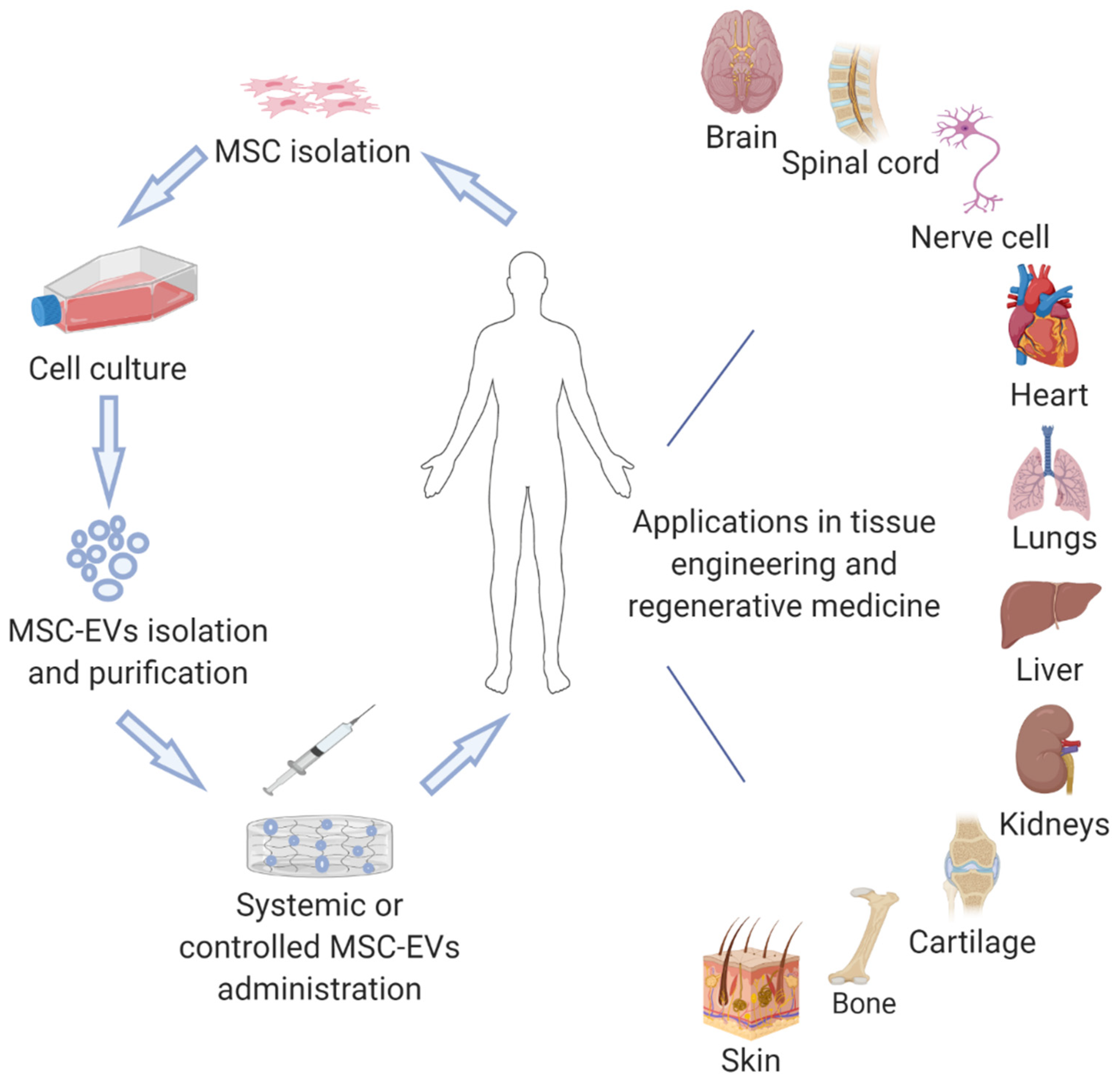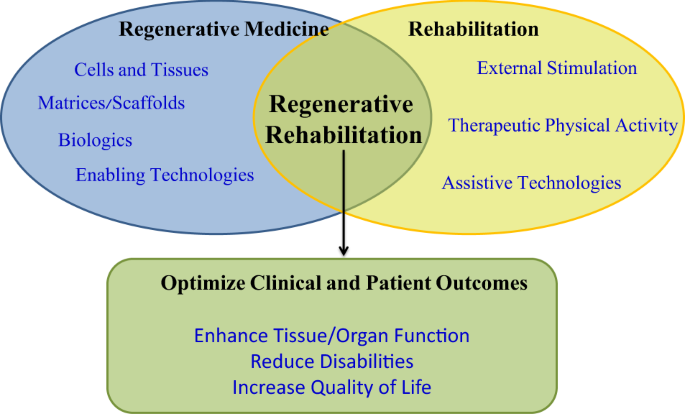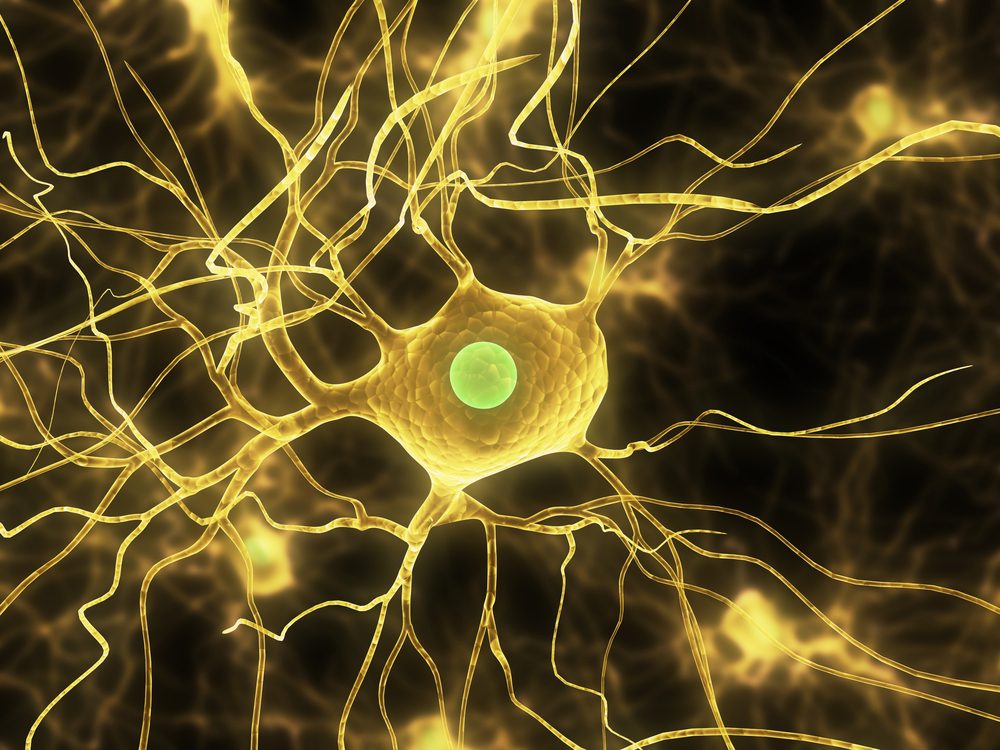Table of Contents

[/image][=video]
[/video]
Most websites made use of for bone marrow harvesting are situated in the hip bones and the breast bone. In recuperation, the benefactor might experience some discomfort in the areas where the needle was inserted.

If an autologous transplant is prepared, formerly collected stem cells, from either outer (apheresis) or harvest, are counted, evaluated, and prepared to infuse. The prep work for a bone marrow transplant vary depending on the kind of transplant, the condition requiring transplant, and your tolerance for particular medications. Take into consideration the following: Usually, high doses of chemotherapy and/or radiation are consisted of in the preparations.
This treatment is often called ablative, or myeloablative, as a result of the impact on the bone marrow. The bone marrow generates the majority of the blood cells in our body. Ablative treatment prevents this process of cell production and the marrow becomes empty. An empty marrow is needed to include the new stem cells to grow and develop a new members cell production system.
It is not a procedure to place the marrow right into the bone, yet is similar to obtaining a blood transfusion. The stem cells find their means right into the bone marrow and start replicating and growing brand-new, healthy and balanced blood cells. After the transplant, encouraging treatment is given to avoid and treat infections, side results of treatments, and complications.
Menopause Therapy
The days before transplant are counted as minus days. The day of transplant is considered day zero. Engraftment and recuperation complying with the transplant are counted as plus days.
The days are numbered to help the individual and family comprehend where they are in terms of dangers and discharge preparation. Throughout mixture of bone marrow, the person may experience the following: Discomfort Chills High Temperature Hives Chest pain After infusion, the client may: Spend several weeks in the healthcare facility Be extremely vulnerable to infection Experience extreme blood loss Need blood transfusions Be confined to a clean environment Take numerous anti-biotics and various other medications Be offered medication to stop graft-versus-host diseaseif the transplant was allogeneic.
Depending on the kind of transplant and the disease being dealt with, engraftment typically takes place around day +15 or +30. Blood matters will certainly be inspected usually during the days adhering to transplant to evaluate initiation and progress of engraftment. Platelets are usually the last blood cell to recuperate. Engraftment can be delayed as a result of infection, medicines, low donated stem cell matter, or graft failure.
Bacterial infections are one of the most usual. Viral and fungal infections can be serious. Any kind of infection can trigger an extensive healthcare facility keep, avoid or delay engraftment, and/or reason permanent body organ damage. Anti-biotics, antifungal medications, and antiviral medicines are frequently offered to attempt to avoid significant infection in the immunosuppressed client. Thrombocytopenia (reduced platelets) and anemia (reduced red blood cells), as an outcome of a nonfunctioning bone marrow, can be dangerous and even lethal.
Discomfort relevant to mouth sores and stomach (GI) irritation is usual. High doses of chemotherapy and radiation can trigger severe mucositis (inflammation of the mouth and GI tract). Liquid overload is a difficulty that can cause pneumonia, liver damages, and high blood pressure. The major factor for liquid overload is due to the fact that the kidneys can not stay up to date with the large quantity of fluid being offered in the form of intravenous (IV) medicines, nourishment, and blood items.
Menopause Treatment local to Garden City

Respiratory system condition is an essential function that may be compromised throughout transplant. Infection, inflammation of the airway, fluid overload, graft-versus-host condition, and blood loss are all potential lethal difficulties that may happen in the lungs and lung system. The liver and heart are necessary body organs that may be harmed throughout the transplant procedure.
Failure of the graft (transplant) taking hold in the marrow is a prospective difficulty. Graft failing might take place as an outcome of infection, persistent disease, or if the stem cell count of the given away marrow was insufficient to cause engraftment. Graft-versus-host disease (GVHD) can be a significant and dangerous complication of a bone marrow transplant.
In contrast to an organ transplant where the patient's immune system will certainly attempt to reject just the transplanted organ, in GVHD the brand-new or hair transplanted immune system can strike the whole individual and all of his or her body organs. This is since the brand-new cells do not recognize the cells and organs of the recipient's body as self.

The most common sites for GVHD are GI system, liver, skin, and lungs. Diagnosis significantly depends on the following: Sort of transplant Type and extent of the disease being dealt with Disease feedback to therapy Genes Your age and overall health Your tolerance of certain medicines, treatments, or therapies Seriousness of problems Similar to any procedure, in bone marrow transplant the prognosis and long-term survival can differ considerably from one person to another.
Stem Cell Therapy local to Garden City, Michigan
Constant follow-up care is necessary for the client following a bone marrow transplant. New techniques to enhance treatment and to reduce difficulties and negative effects of a bone marrow transplant are constantly being discovered.
Accessed June 5, 2017. The hope is to bring back damaged cells that will certainly not properly recover by itself. Regenerative medication treatments can be split right into 3 groups: facilitate recovery by injecting or putting live cells right into the patient. Examples of mobile therapy include PRP and stem cell treatments, which can be utilized to treat tendinopathy and various other sports injuries.
Peripheral nerves, for example, include Schwann cells, nerve fibroblasts, and immune cells, each playing a duty in nerve regeneration, as gone over below. Stem cell treatment is one of the most extensively investigated and promising branches of cell regeneration treatment. Some cells, such as epithelial cells in the skin or the cellular lining of the intestinal tract, have a high turnover rate and can regenerate restoreSwiftly
Navigation
Latest Posts
Stem Cell Therapy around Garden City, Michigan
Menopause Therapy
Perimenopause Treatment in Garden City, Michigan